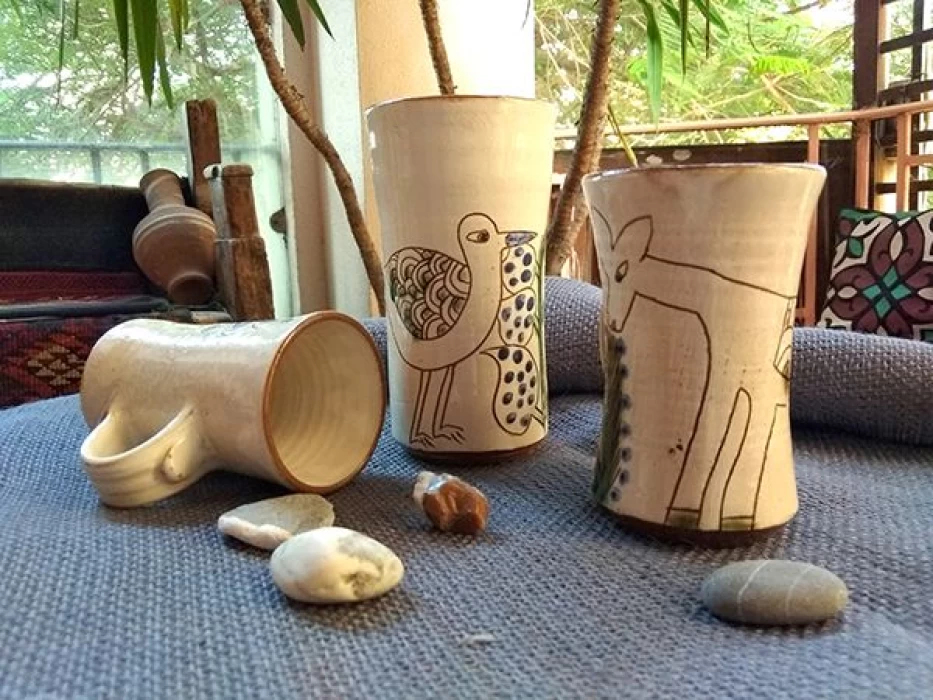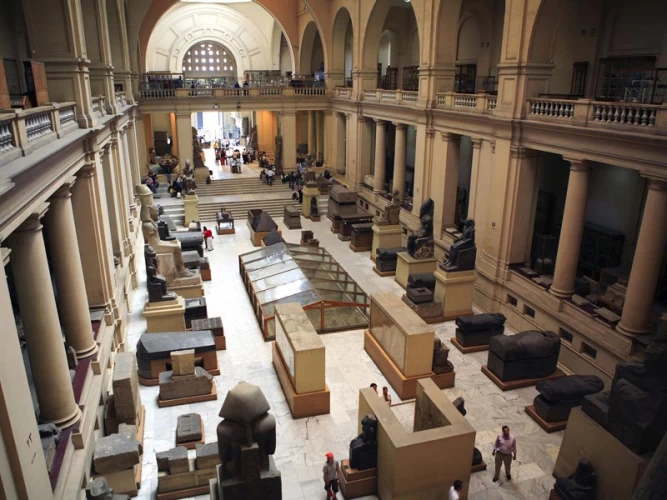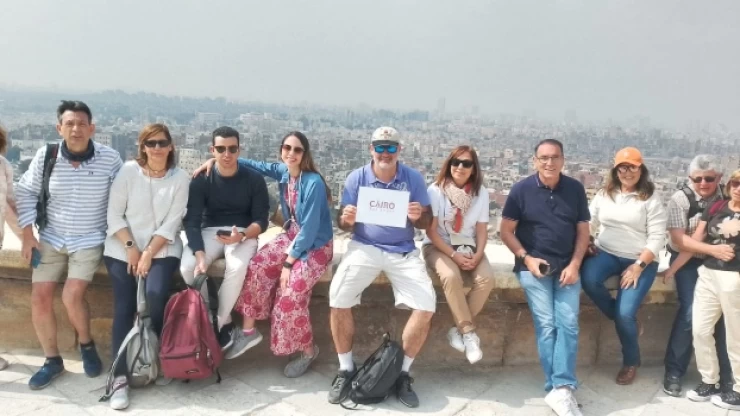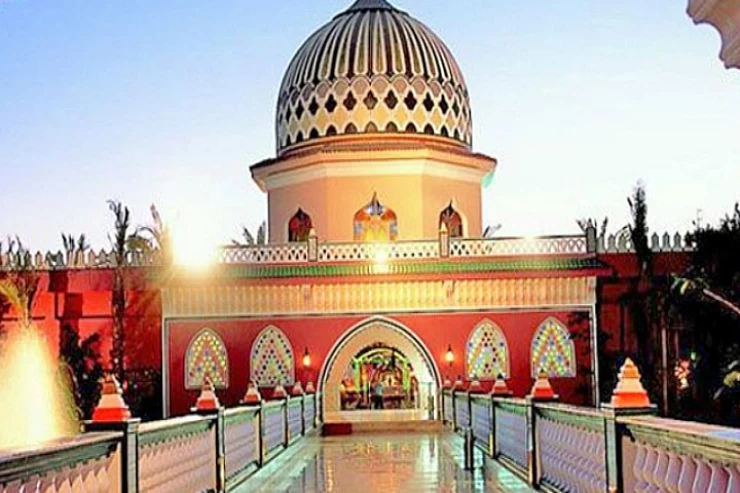
The Egyptian Pottery
Pottery in the History of Egypt
Egypt has great luck that she has The Nile Vally, It's a gift for us, The Nile Vally made the Ancient People create a great civilization ( The Ancient Egyptian civilization) So that the ancient Egyptian found out the agriculture and hunting in addition to drinking the pure water.
Predynastic period (Naqada) pottery in Egypt
This period covers all of ancient Egyptian prehistory, from the Paleolithic (Old Stone Age), down to the end of the Neolithic (New Stone Age). Strictly speaking, “prehistory” refers to the phase of a culture before it had written. In Egypt’s case, writing appears at around the same time as the end of its Stone Age, around 3100 BC.
Ancient Egyptian Pottery
This is also when Egypt as a unified political entity came into being, making it the world’s oldest nation-state. Before the formation of the first Egyptian state, during the Neolithic Period, an increasing homogenization of the different cultures that had emerged along the Nile Valley can be seen.
Cultures are named after their sites of origin. Some of the most important of these are the Maadi Cultural Complex (c.4000–3100 BC) in Lower Egypt, near Cairo; Badarian culture (c.5500–4000 BC) near modern Asyut in Middle Egypt; and, most importantly Naqada I (c.4000–3500 BC) in Upper Egypt, near Luxor.
Islamic art pottery
which is the most distinctive and original specialty of Islamic ceramics.
The era of Islamic pottery started around 622. From 633, Muslim armies moved rapidly towards Persia, Byzantium, Mesopotamia, Anatolia, Egypt, and later Andalusia.
The early history of Islamic pottery remains somewhat obscure and speculative as little evidence has survived. Apart from tiles that escaped destruction due to their use in the architectural decoration of buildings and mosques, much early medieval pottery vanished.
Instead, Islamic pottery developed geometric and plant-based decoration to a very high level and made more use of decorative schemes made up of many tiles than any previous culture.
Fayoum Tunis village and hand-made pottery

















